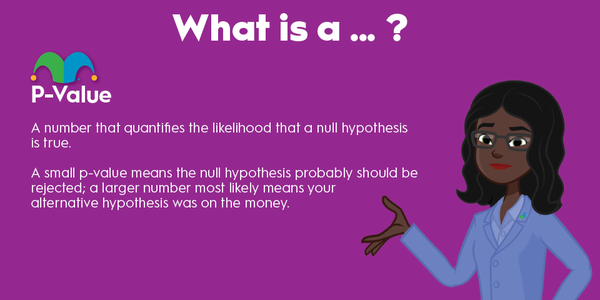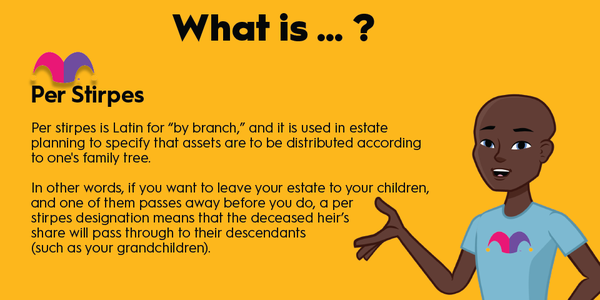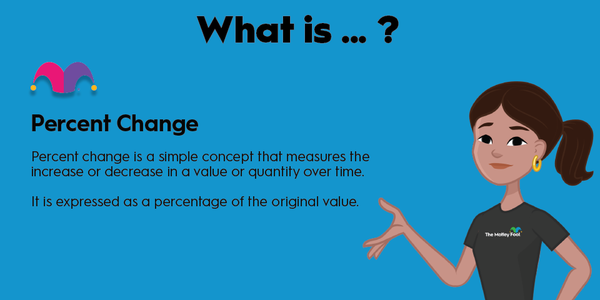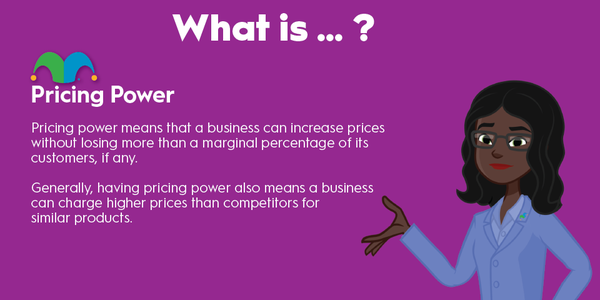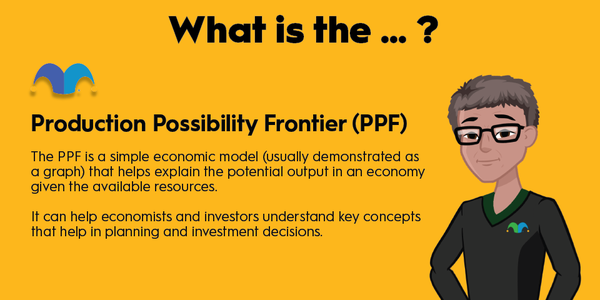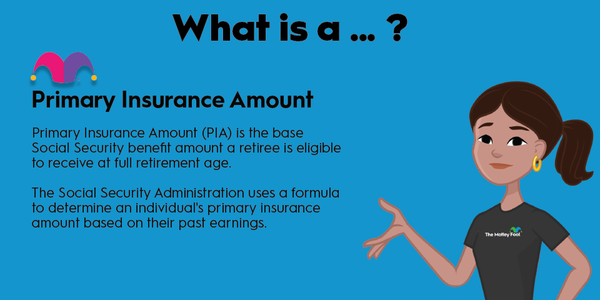There are as many investing strategies as there are investors, although some are definitely more commonly used. A common investment strategy called "positive carry" can help you make more money without spending all your cash.

Positive carry defined
What is positive carry?
A positive carry strategy involves borrowing money to invest. You can borrow money from anywhere and invest it in anything, but the end result must be that you pay less for the borrowed money than you earn on the investment.
So, for example, if you borrowed $1,000 at 0% interest and invested it in a six-month certificate of deposit (CD) with a 5% interest rate, you'd be doing pretty well with your positive carry strategy. You'd be returning a whole 5% during the window you borrowed the money.
Why investors use this strategy
Why employ a positive carry strategy?
Positive carry may seem a bit needlessly complicated, especially considering how it can be used in places like the foreign exchange (forex) market. However, it makes a lot of sense if you think about it. As a short-term strategy, especially, positive carry is almost a guaranteed win.
Since you're leveraging your investment dollars, you can buy a much bigger slice of the pie. You'll earn much more from that investment than if you had only the cash you have to invest.
Let's say you have $1,000 in cash but could use it to leverage a $10,000 loan for investing. As long as you borrow for less than you make off the investment, you'll earn a lot more than you could with your own money.
Positive carry vs. negative carry
Positive carry versus negative carry
Positive carry and negative carry are similar investment strategies. They both rely on a secondary instrument to finance the investment purchase, but they behave quite differently.
In positive carry, your investment always produces more income than it costs to purchase it. So, if you used a loan with a 3% interest rate to purchase a bond with a 6% coupon rate, that's a positive carry. No matter what happens on the secondary bond market, you can just hold that investment until it's time to redeem it, and you'll make a decent chunk of money.
With a negative carry strategy, you'd buy that same bond but maybe with an 8% interest rate loan. You know you're upside down but don't care because you'll sell it on the secondary market once you feel it has reached its peak value.
So, if the face value of the bond is $1,000 and you can sell it on the secondary market for $2,000, you will more than compensate for the additional interest you cover out of pocket until the investment pays off.
The strategy in action
Positive carry strategy in action
Let's look at how positive carry can work for you. In our example, we'll buy something simple -- a certificate of deposit (CD) that has a 5% interest rate and matures in one year. We have $100 in cash, or we can leverage and borrow $1,000 to really take advantage of the rate.
Related investing topics
You just so happen to have a credit card with a 0% interest rate for the first year, so you decide to use that to buy the CD. Here, you're 5% ahead. If you had used your $100, you'd have earned only $5 with your CD. However, since you borrowed the money, you earned $50 from the CD instead.
It might not sound like much, but if it were $1,000 and $10,000, you'd have earned $50 versus $500. And the more you borrow (to a point), the more you stand to earn from using this investment strategy. Of course, borrowing more may increase your interest rate, so that's also important to figure into the calculation.





